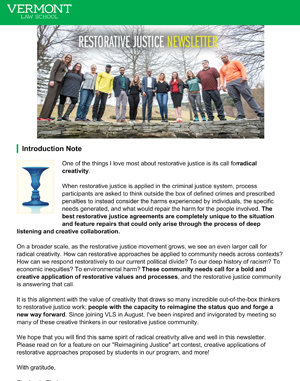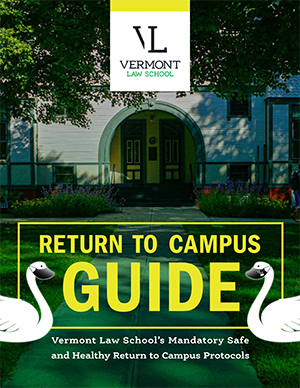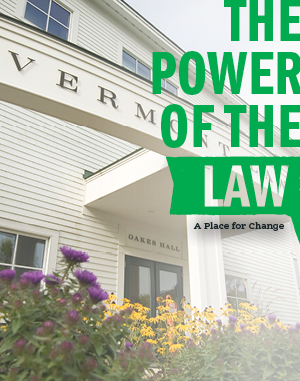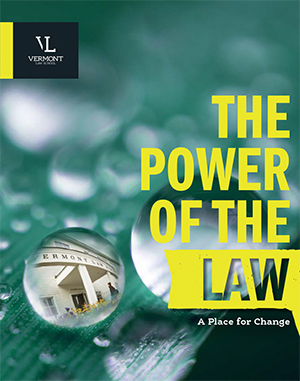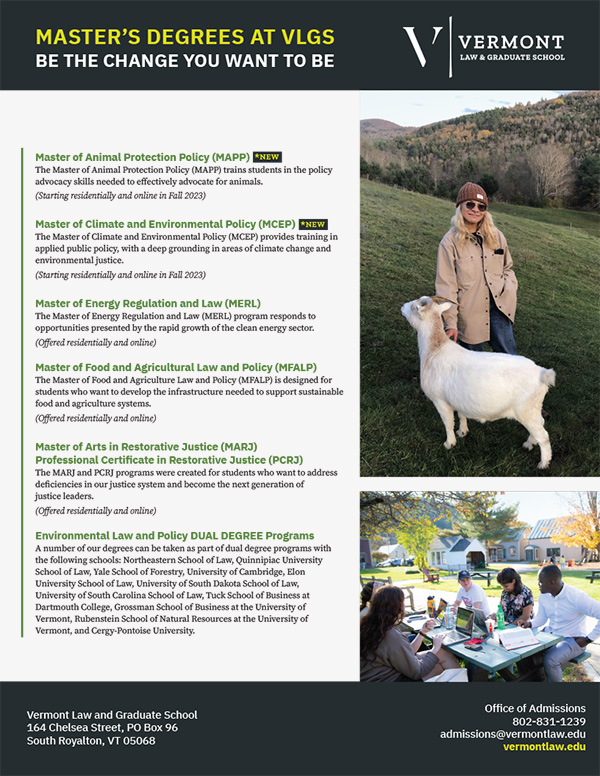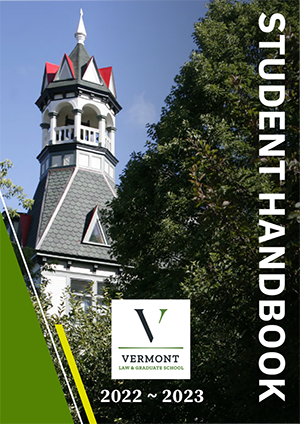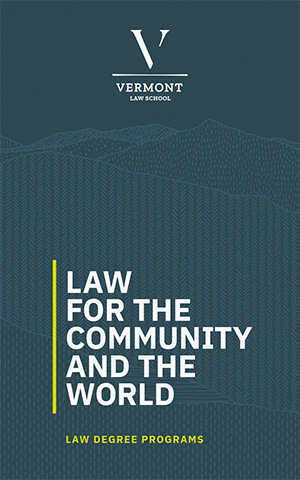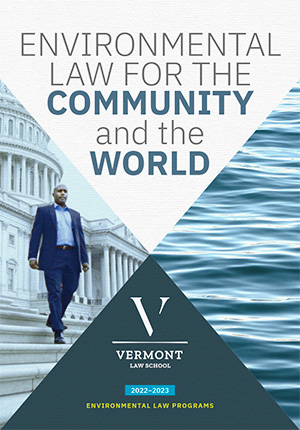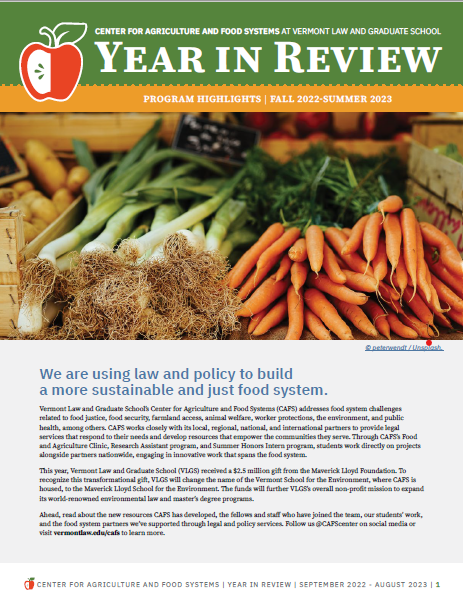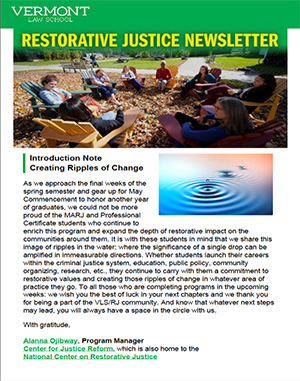Today the Vermont Journal of Environmental Law (VJEL) released its latest book, the first of four issues in Volume 23 that the student-run journal will publish this academic year. The articles focus on animal law issues, toxic blooms, and “eco-ableism.” Authors include students from Vermont Law School, where the journal is based, as well as Drake University Law School and a recent graduate of Elisabeth Haub School of Law at Pace University.
“VJEL is proud to publish journal articles by passionate student authors, who are bringing attention to critical environmental legal issues,” said VJEL editor-in-chief and Vermont Law School student Michelle Amidzich JD/MFALP’22. “This next generation of environmental advocates knows that change needs to happen now, and their articles explain precisely how the environmental community must act to achieve it.”
Amidzich authored “Stop Pur-Petuating the Norm: Amending the Lacey Act to Include a ‘Dangerous or Potentially Dangerous Wildlife’ Definition for Exotic Pet Protection.” This piece explores how adding a new definition to the Lacey Act—modeled after Ohio’s Dangerous Animal Law—can better protect exotic pets. Megan Edwards, a 2021 JD graduate of Elisabeth Haub School of Law at Pace University, also focused on animal law in her piece, “Unseen Abuse: Elevating Animals' Status as Victims Under the Law to Effectively Rescue Pet Victims of Munchausen Syndrome by Proxy.” Munchausen Syndrome is medical child abuse that occurs when a caretaker falsifies—or even causes—a child’s illness or injury and then seeks out medical treatment. The article discusses how pets are also victims of Munchausen syndrome by proxy and explains how law and policy must concurrently evolve to best provide relief for the abused animals.
These articles reflect student interest in the animal law discipline and coincide with Vermont Law School’s recent establishment of a new Animal Law Program.
“A Catastrophe in Full Bloom: Analysis of the Federal Government's Response to Gulf Hypoxia,” written by Bradley Adams of Drake University Law School, analyzes the federal government’s efforts to address Gulf Hypoxia, an environmental phenomenon that encourages the proliferation of pathogenic algal blooms, under the Harmful Algal Bloom and Hypoxia Research and Control Act (HABHRCA), as well as parts of other adjacent legislation.
“Eco-Ableism in the Environmental Justice Movement,” by Clare Pedl JD/MARJ’22 of Vermont Law School, explores the imminent need to implement disability-specific legal responses under the existing body of environmental law for the environmental justice movement to be truly inclusive.
Founded in 1996 at Vermont Law School, the Vermont Journal of Environmental Law provides an accessible forum to discuss contemporary environmental legal issues, publishing high-quality articles authored by academics, practitioners, and students. In addition to publishing quarterly issues, the journal hosts an annual symposium, reaches national audiences through its Top Ten Environmental Watch List, collaborates with other environmental law journals by participating in the Environmental Law Review Syndicate, and brings commentary on environmental legal issues to non-lawyers via its colloquium EcoPerspectives Blog.
The new issue is available at vjel.vermontlaw.edu/current-volume.





